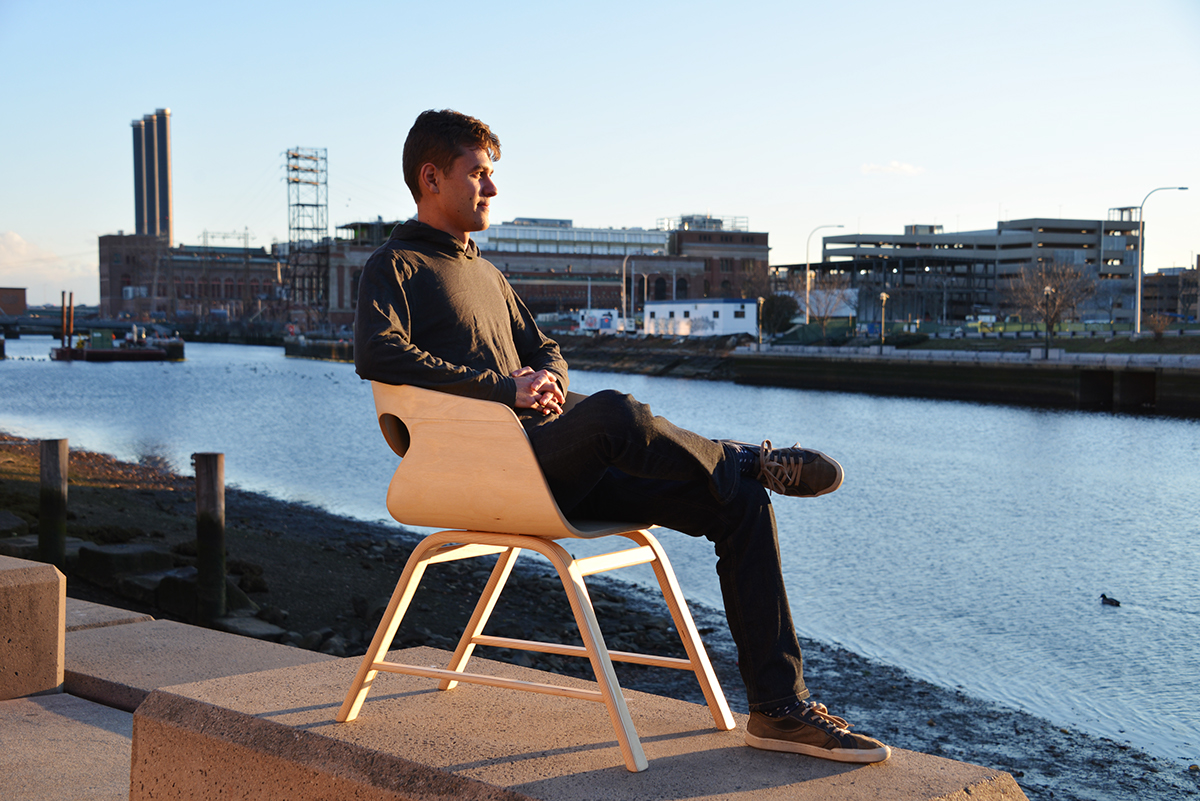Furniture: Insightful Design for Production, Fall 2016, Instructor: Ayako Takase
Leaf Chair
A two-part chair created with a series of plywood laminations.
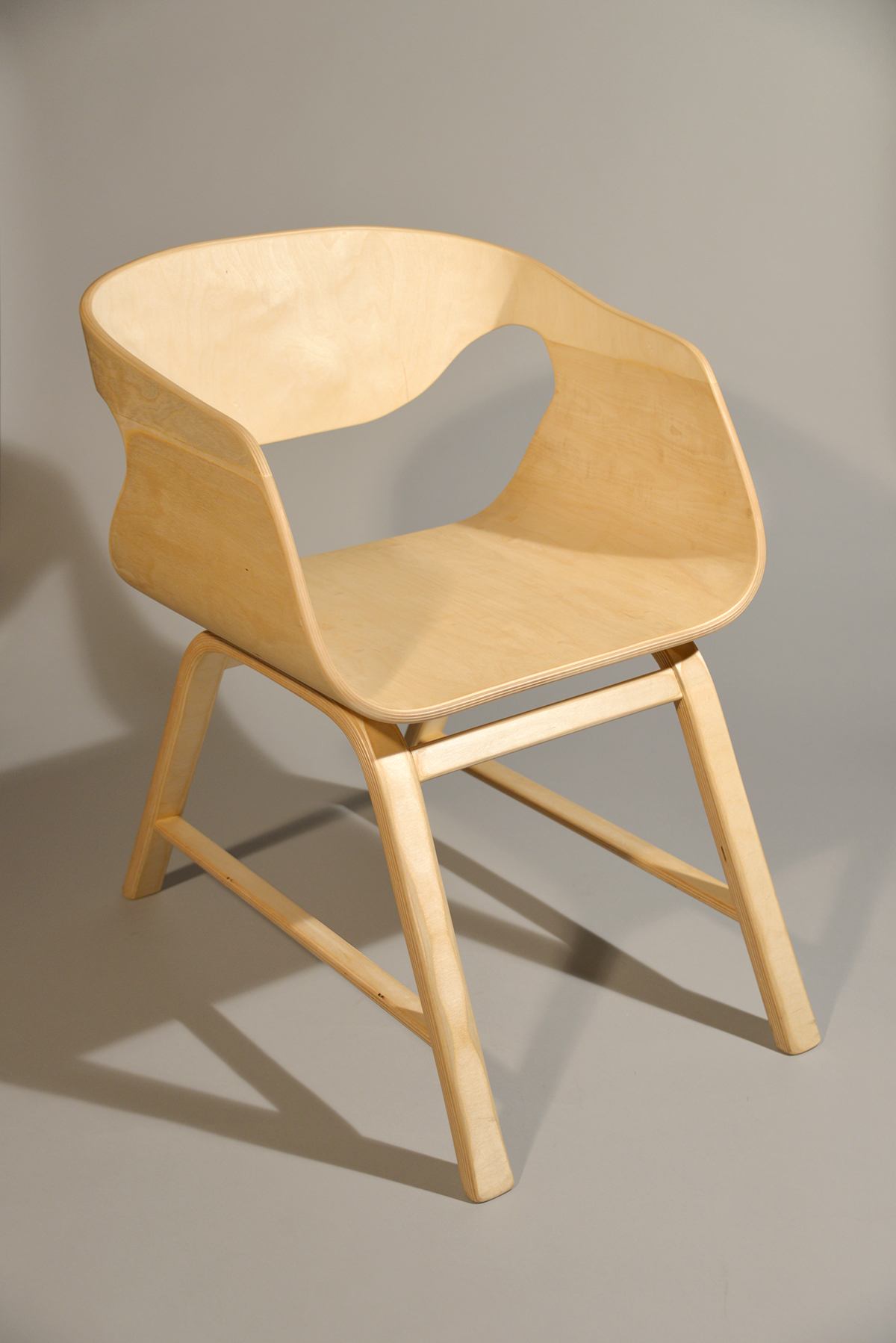
Prompt | Timeline: 4 Weeks
Design and produce a piece of furniture.
Process
I began this project by researching biophilic design, which is a concept used currently by architects, where they seek to rekindle the relationship between people and the natural environment within built structures. It draws from the belief that humans have an innate affinity for nature. During this research, I found that connecting to nature either through direct stimulus or constructed stimulus is important is it can decrease stress for those who interact with it, increase attention, promote well-being, and nurture a love of place. When people are asked where their favorite places to be are, a majority answer with a place in the natural environment.
I was inspired by the benefits of nature and began thinking about how to combine design that resembled the organic with furniture, which, like architecture, is a built structure. I was particularly interested in the idea of nature-inspired design generating a love of place.

Prior to figuring out what I wanted to make, I created three main criteria that I was interested in my furniture having. I wanted it to be well-made, in that it considered ergonomics, it was durable and therefore could be kept based on how long the user wanted to keep the furniture, rather than the construction dictating the furniture’s lifetime. In addition, I wanted the materials for my furniture to be used effectively in that they are used for what they do well, which also supports the idea of durability.
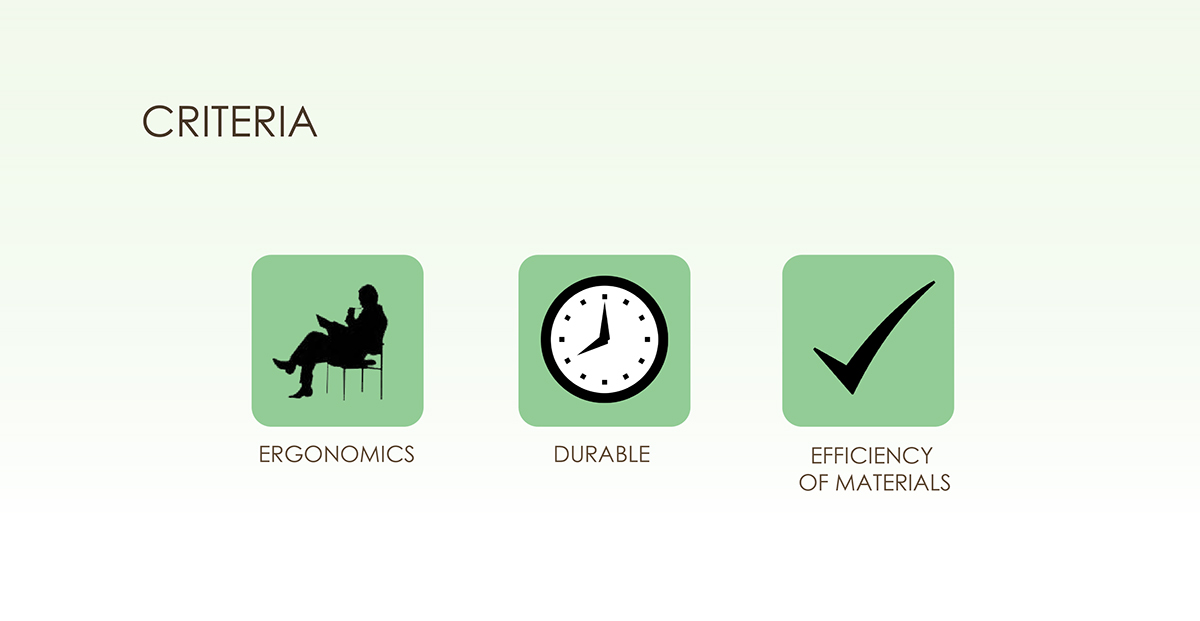
Next, I created my design brief. I wanted to design furniture inspired by the organic that would generate both a visual and physical space of comfort. This would take into consideration the ergonomics of the chair, and having a visually interesting piece of furniture I hoped would establish a deeper more emotionally invested connection with the user.
I began by looking at images of nature, and I decided that I was interested in designing a chair. Three concepts that arose during this phase were the idea of envelopment, inside and outside of the chair, as well as smooth curvilinear forms found in nature. I wanted my chair to play with the idea of encompassing the user when in use, almost as a layer of protection. I was also interested in investigating the openness of the chair in that it would have a sense of privacy for the user through the enveloping aspect, but also for the user to have space in the furniture itself and be able to access the space outside of the chair with ease.

Wood became an apparent as a material for the construction of the chair, not only because it itself if a natural material, but that it can be bent into different shapes using either laminations or steambending. In my preliminary sketches, I was interested in the idea of having the back wrap around the user.
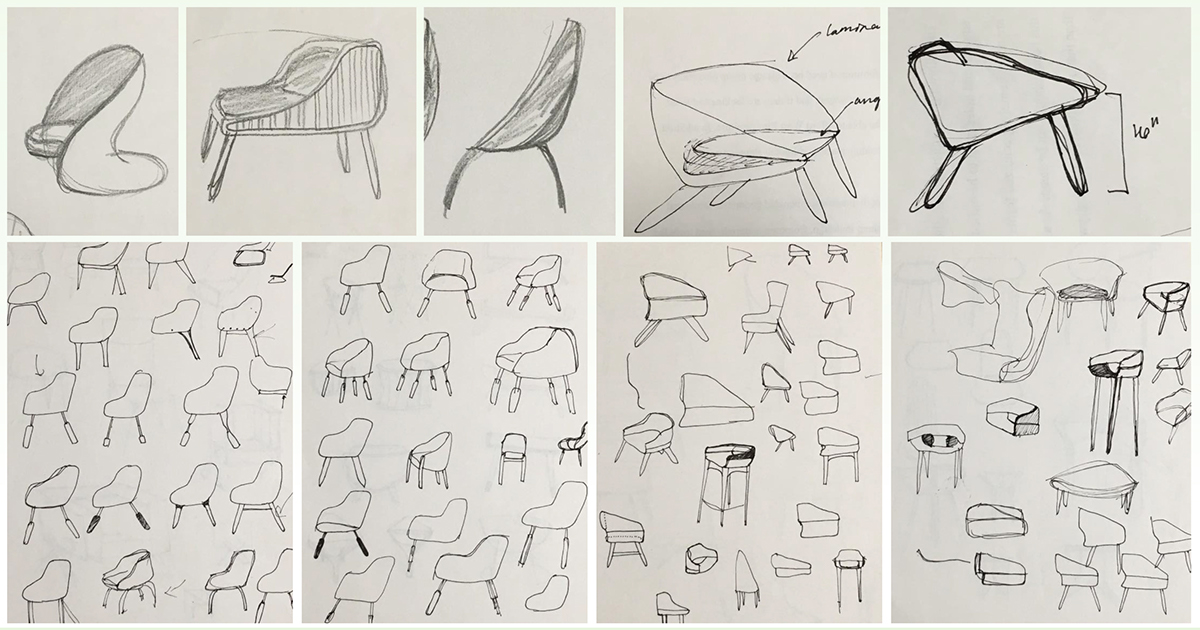
My preliminary models played with the idea of having a single lamination as the back piece, but I realized that the interaction between the back and the base of the chair was very planar. I started to think about how to create a compound curve while using laminations.

Meanwhile, I was creating full-scale mockups to finalize the proportions.

I eventually settled on the idea of using two laminations – one that would form the base of the chair, and another that would act as the back and armrests. To further play with the idea of open vs. closed, I experimented with the negative space at the back of the chair.
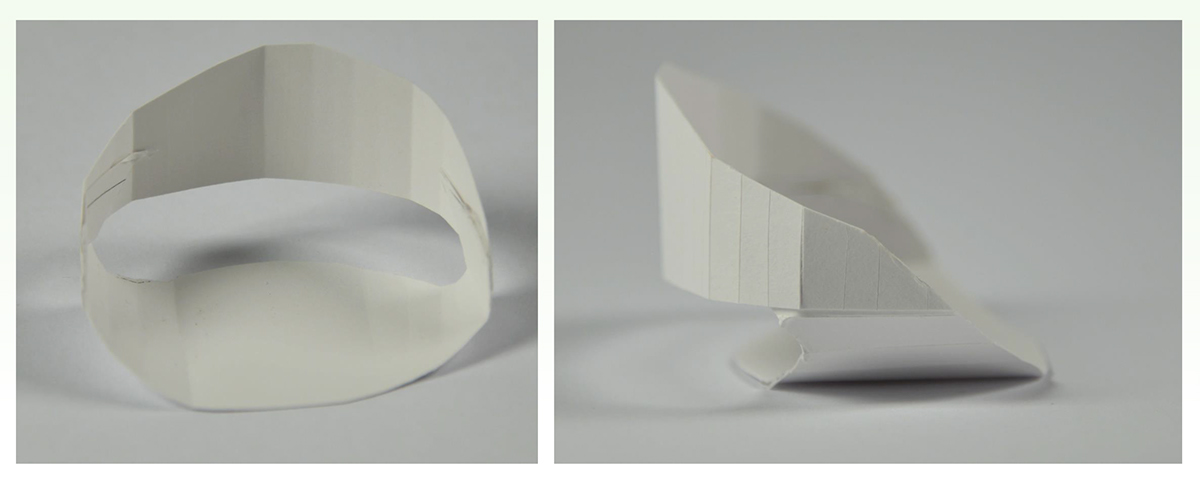
My concept eventually evolved into that of the chair pictured below at the bottom right.

To create my chair, I needed to construct three different jigs. In the left image below, the two jigs at the bottom of the image were for the upper portion of the chair, and the one above was for the legs of the chair. I decided to connect the two laminations at an angle in order to further improve the ergonomics of the chair.
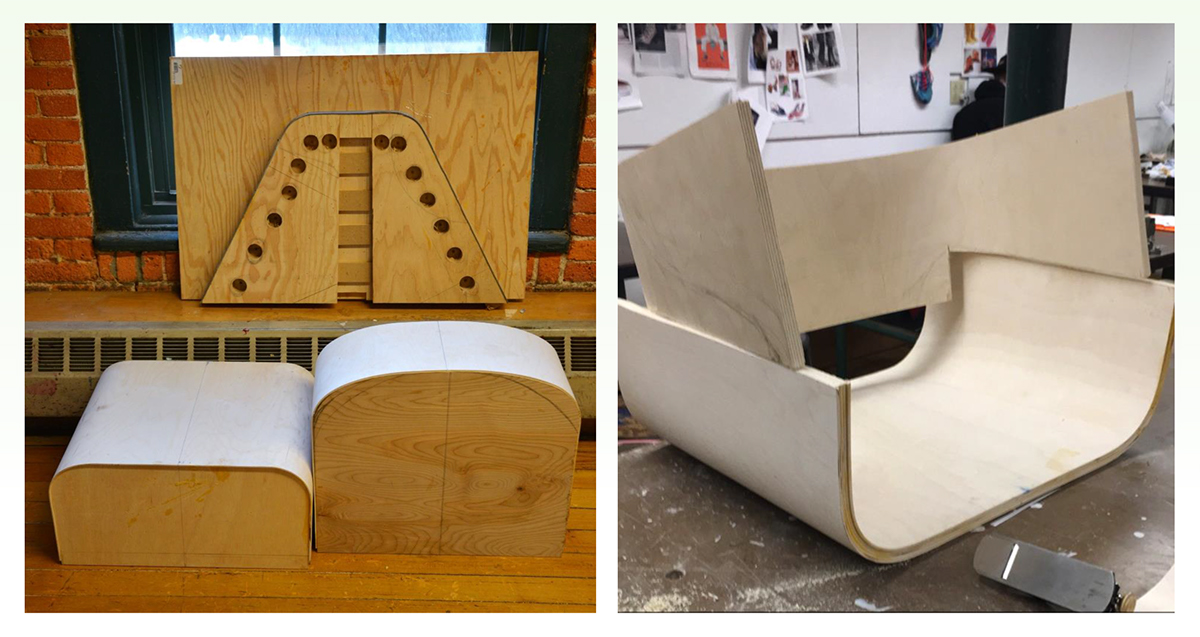
To attach the two laminations, I used biscuits on each side. Below on the right is an image of the glue-up of the legs of the chair.
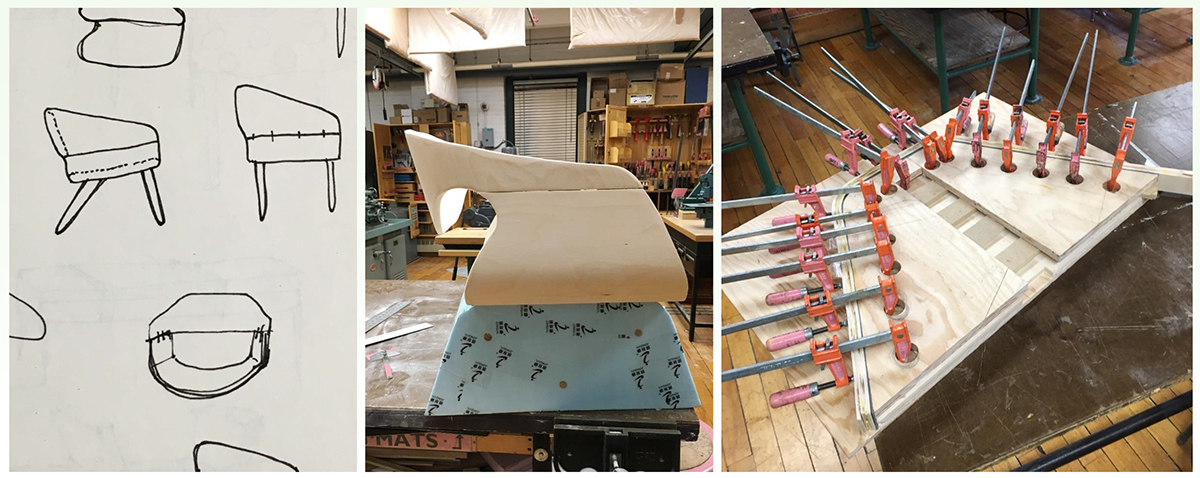
The top and bottom of the chair are attached using screws, which makes the chair easier to transport and distribute, as well as assemble.
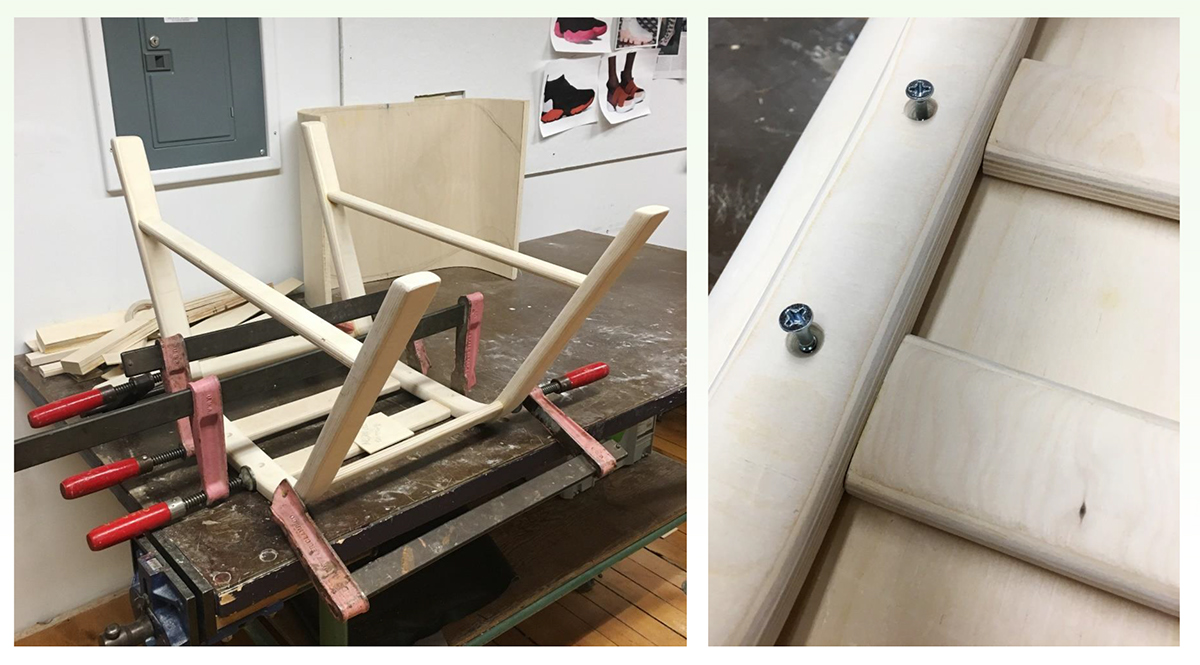
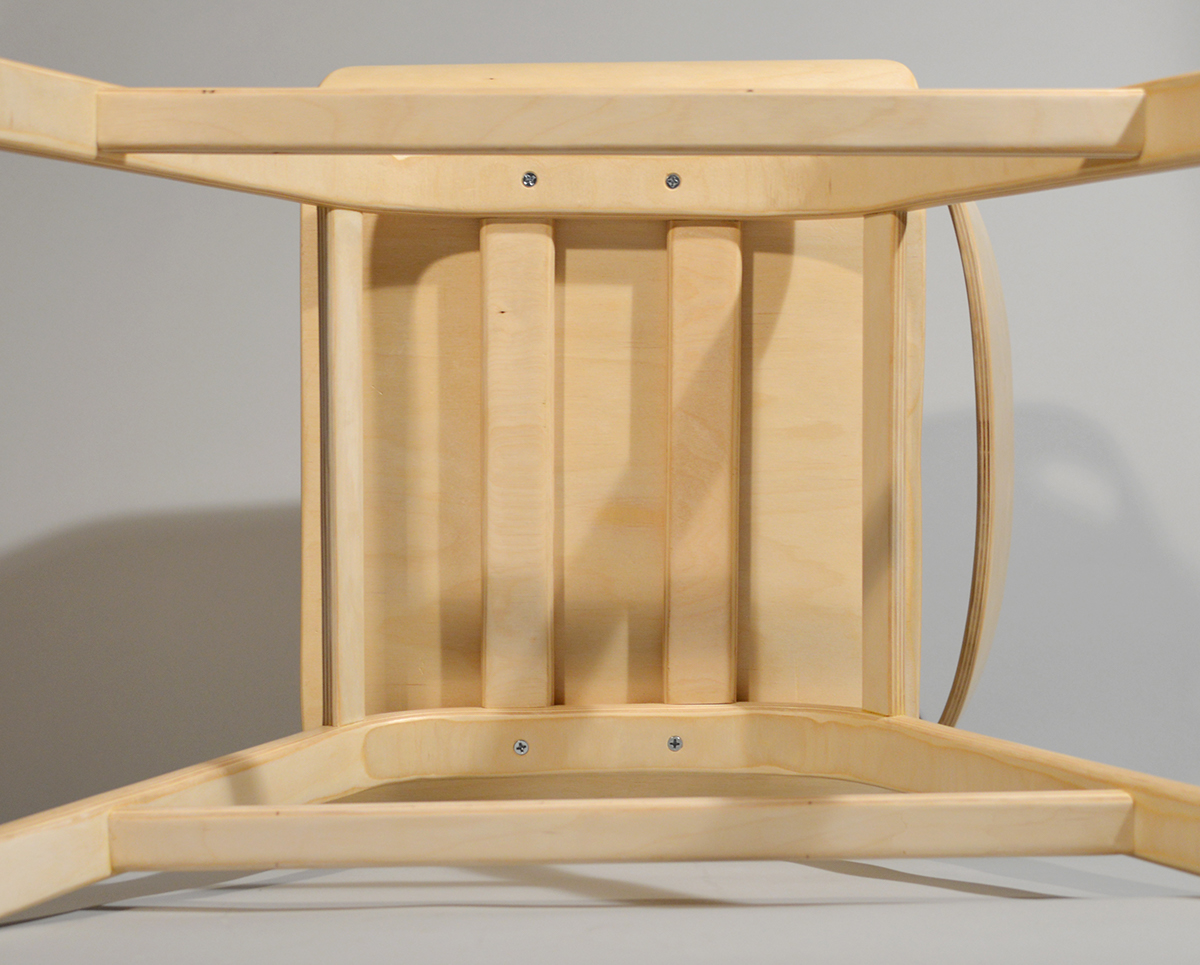
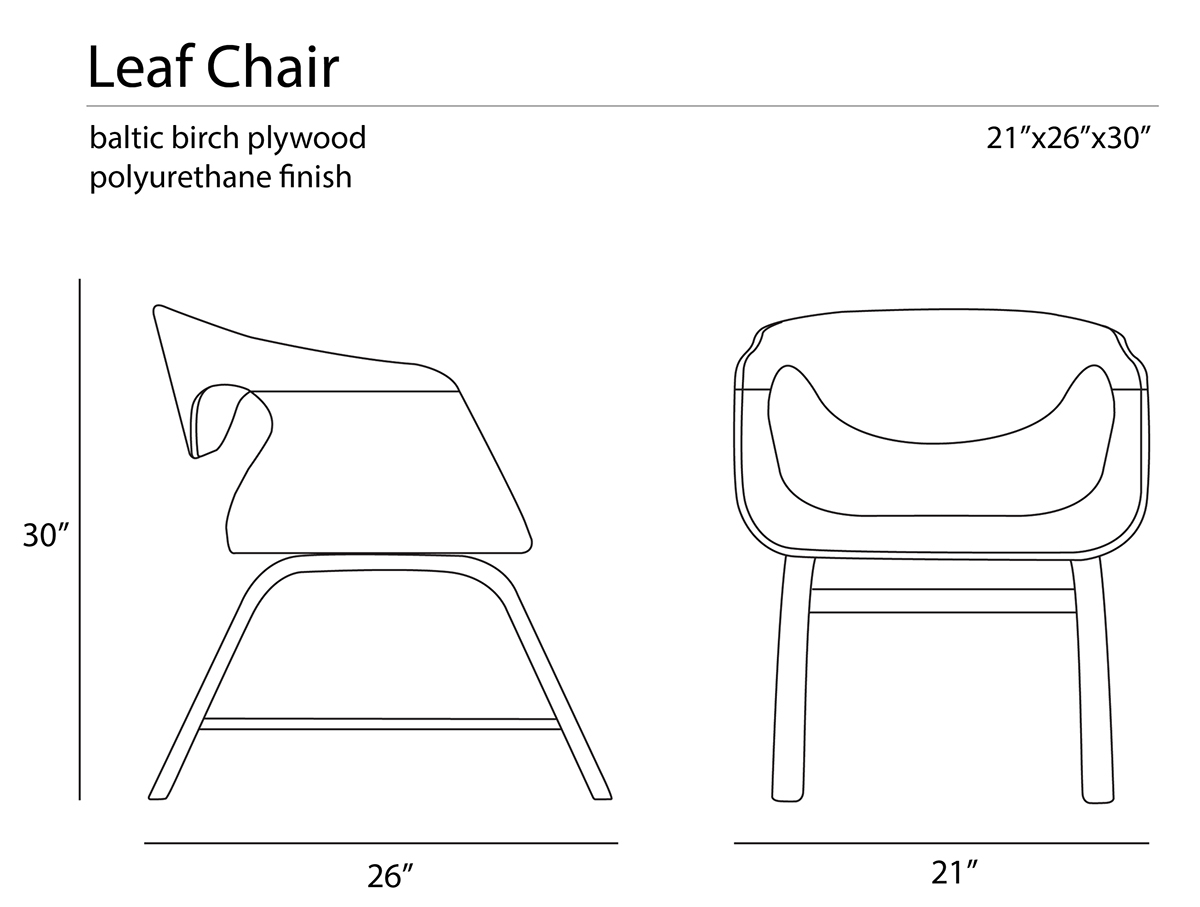
My ideal environment for this chair would be to be in an apartment living room environment, where common activities of the space generally involve relaxation. With this chair, I hoped to enhance the innate quality of the living room space.
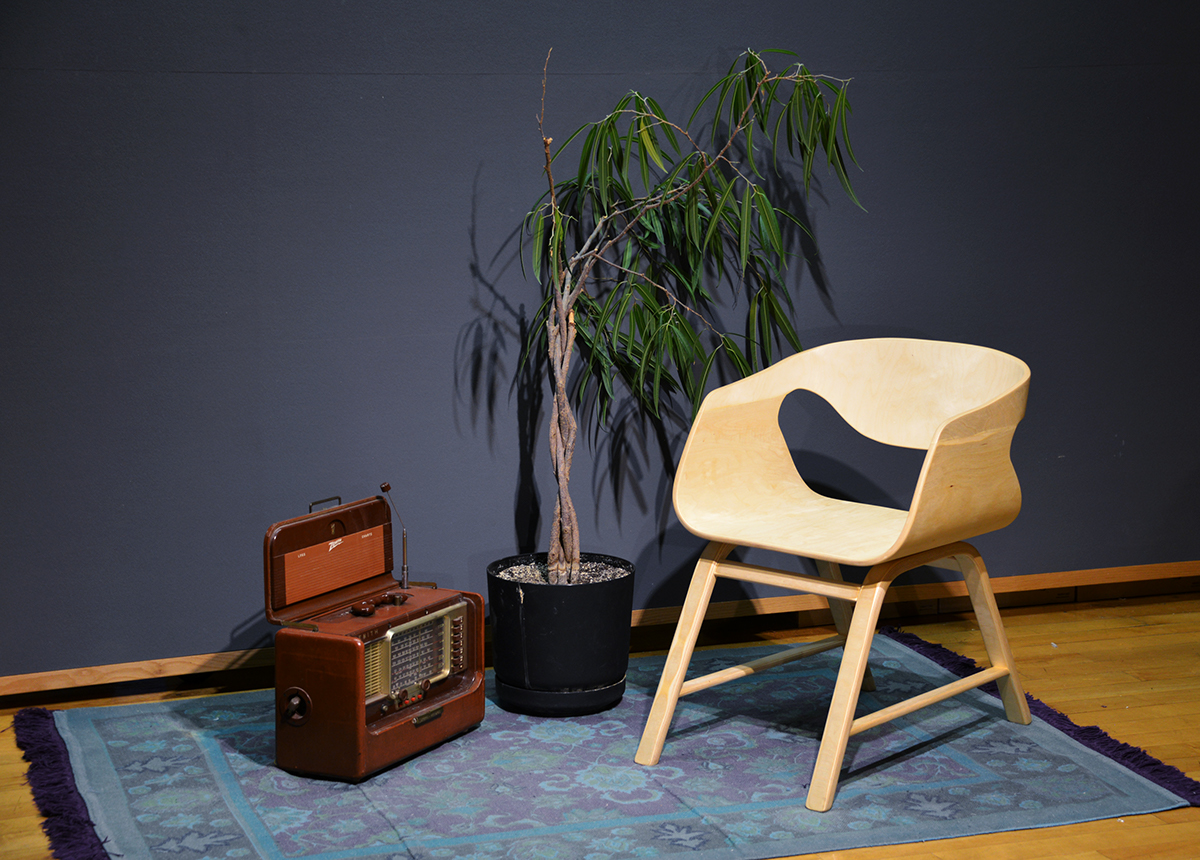
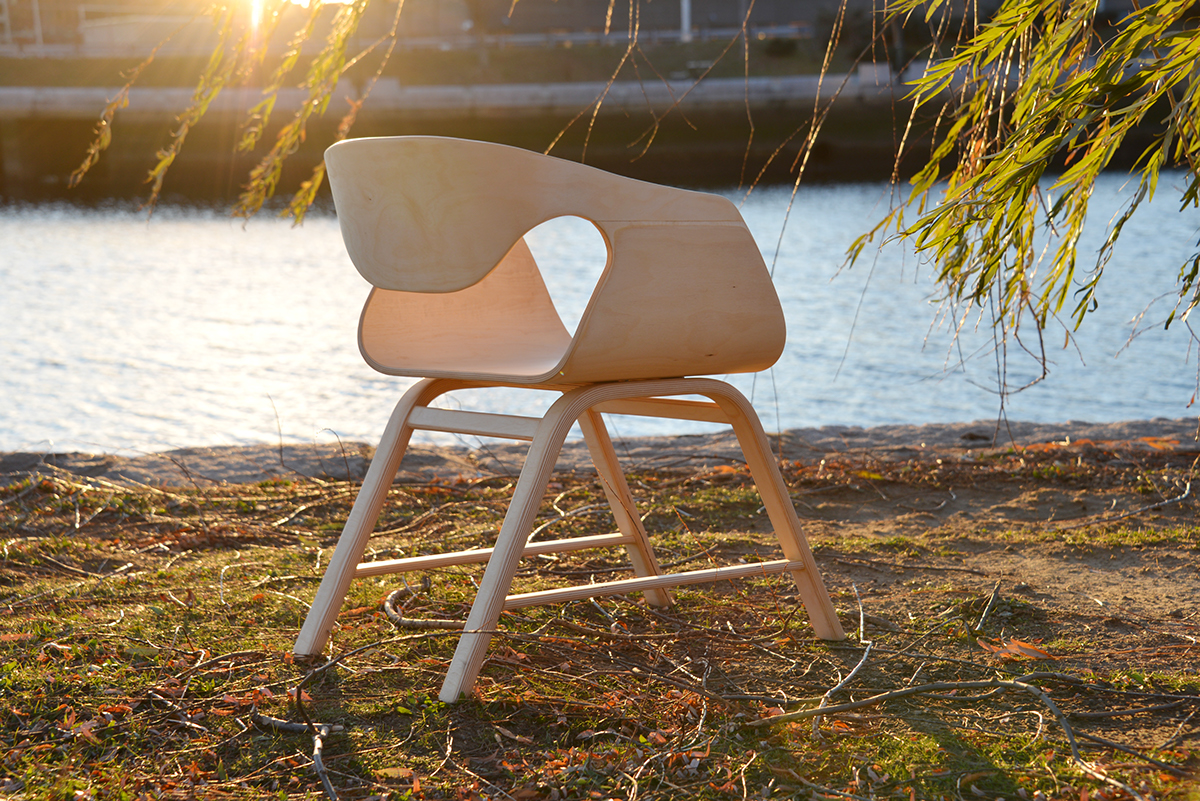
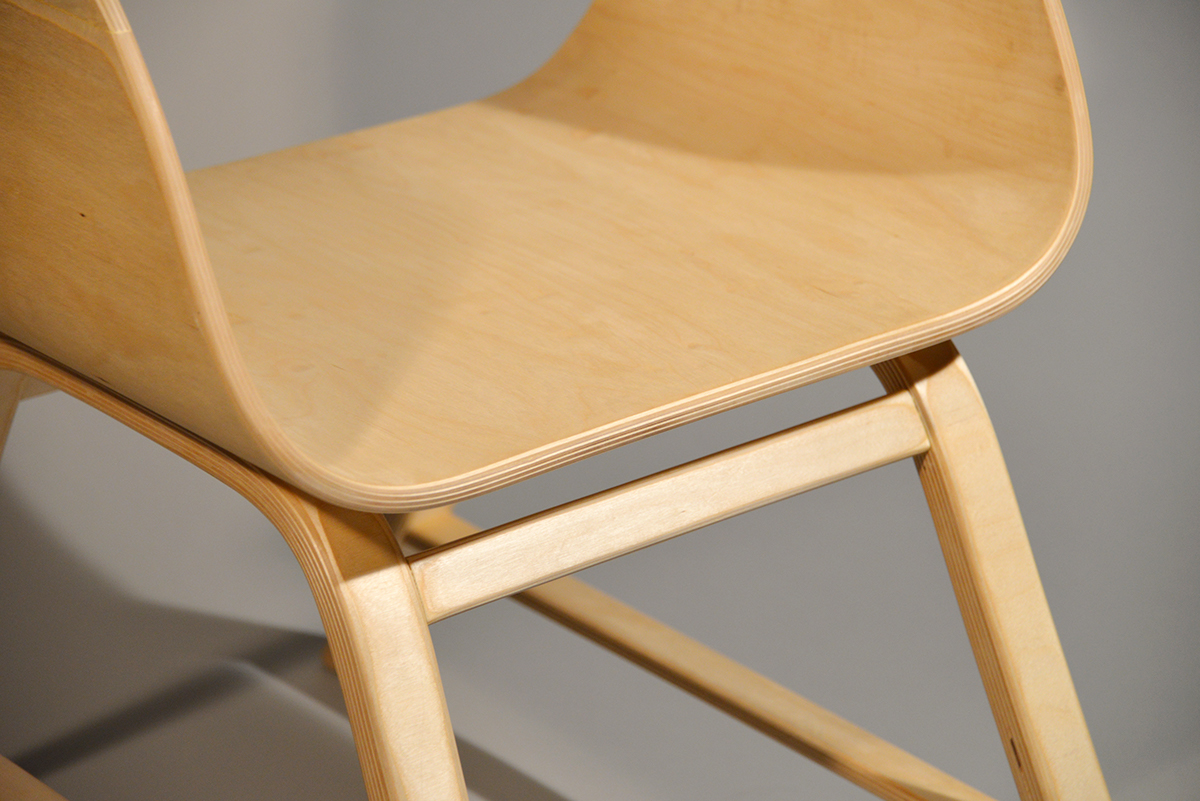
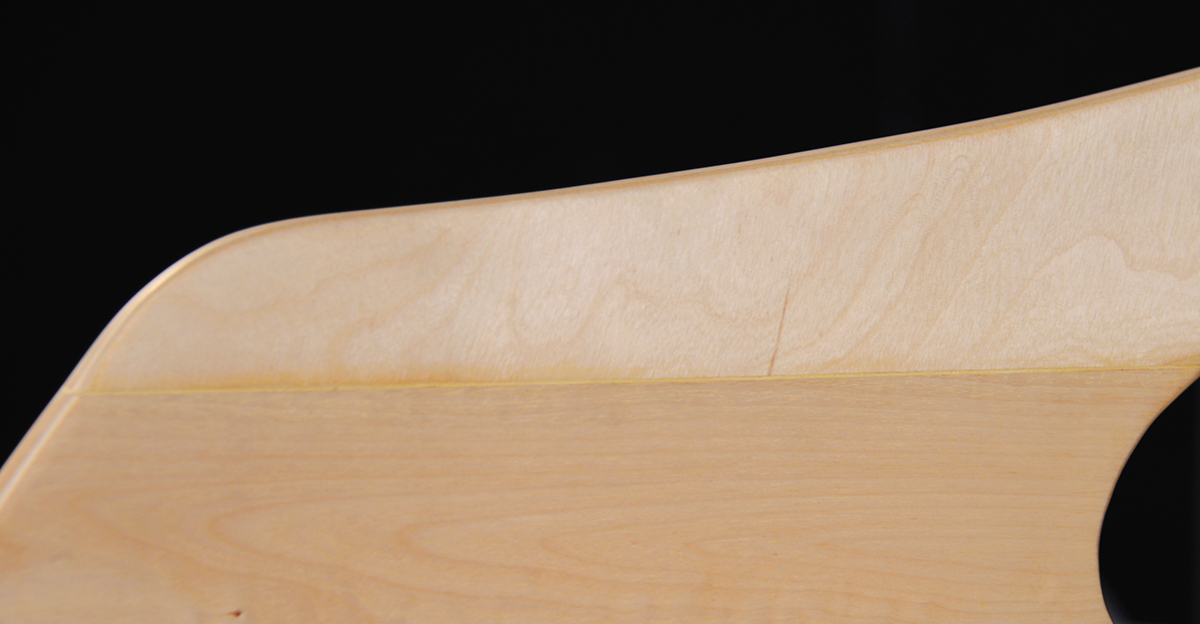
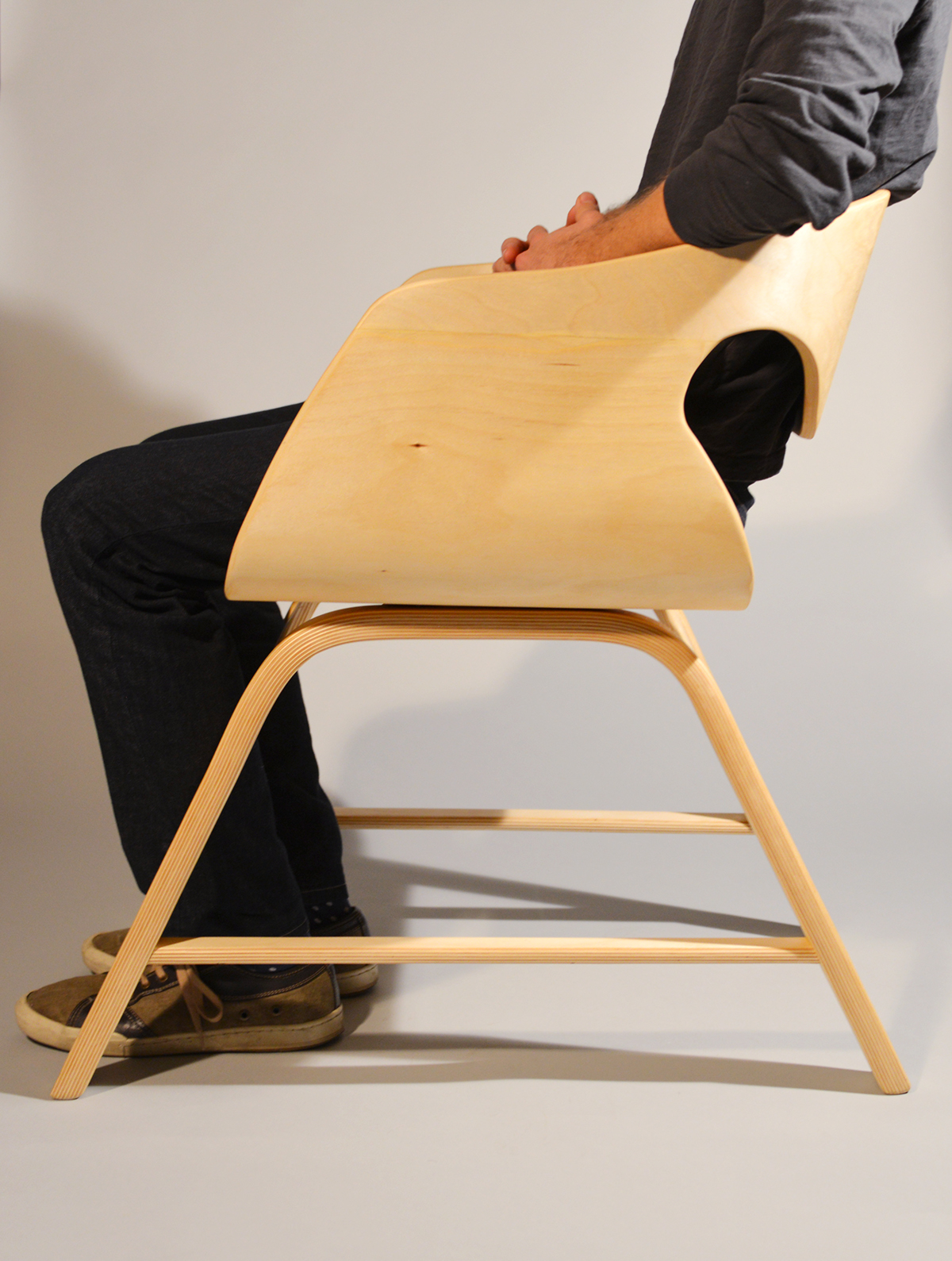
Model: Clayton Wiggers

